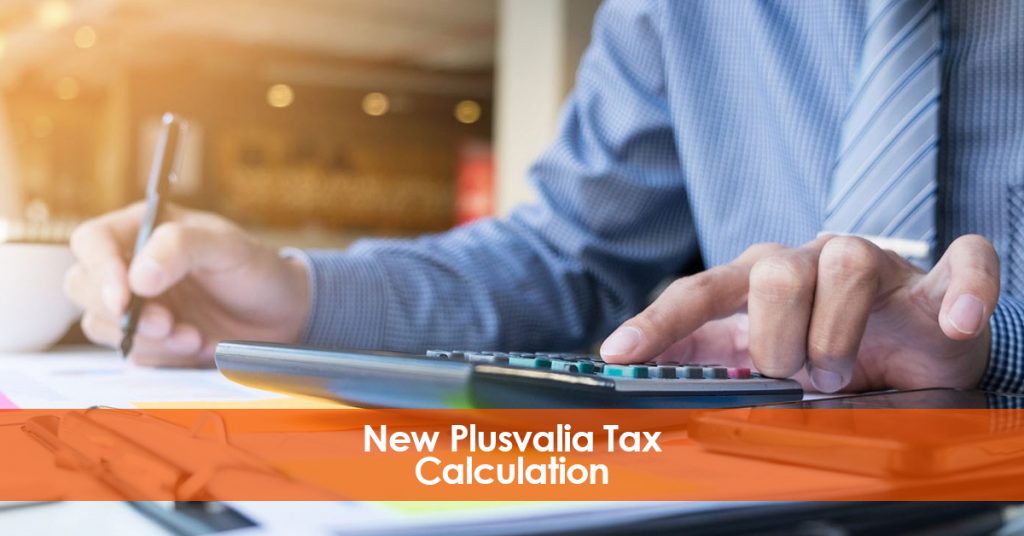After the court ruling of the Constitutional Court, declaring unconstitutional the form of determination of the Plusvalia tax base; We all ask ourselves a basic and practical question: and now what? In this article we are going to discuss the new criteria introduced in the regulation about Plusvalia Tax Calculation as per the Royal Decree-Law 26/2021.
1. TWO METHODS FOR THE PLUSVALIA TAX CALCULATION. BASED ON REAL OVER VALUE OR BASED ON THE OBJECTIVE ESTIMATE METHOD
The Royal Decree establishes two ways to calculate the municipal Plusvalia Tax. The taxpayer may choose the most favourable one.
Let’s explain it with an example. Let’s think that we own a property that we bought for €100,000 in 2019 and we sell it for €120,000 in 2021. In this situation there will be two methods to calculate the tax base. Let’s say that the total cadastral value is €150,000, in which 30 per cent corresponds to the value of the land:
– METHOD 1.
Calculation of the tax base for the real profit. If this method is applied, the effective profit would be €20,000.
The real Plusvalia Tax attributed to the taxpayer is €6,000. (30 per cent of the value is for the land; so we multiply this by the real gain €20,000).
– METHOD 2.
The taxable base of the tax calculated according to the objective estimation method will be the result of multiplying the cadastral value of the land at the time of accrual (that is, at the time of sale) by the coefficients approved by the town councils, depending on the number of years that have elapsed since the acquisition of the property.
If the cadastral value of the land is 30 per cent and there has been a generation period of three years (let’s say a coefficient of 0.16 or 16 per cent), the total charged to the taxpayer would be €7,200 (30 per cent of 150,000, multiplied by the coefficient).
These multiplying coefficients to be approved by the town hall, must never exceed those stipulated in the Royal Decree. In addition, they may be updated annually.
In this case, the taxpayer would opt for the most beneficial option, that is, calculate the tax base for the real profit.
This way is calculate the tax base that will be used to fix the tax to be paid; but it is not the amount to be paid.
2. IF THERE IS NO PROFIT, THERE IS NO TAX
As a novelty, the Royal Decree stipulates that no taxpayer will pay the tax if he does not obtain a profit. It will be the same taxpayer who will have to justify that there has not been an increase in value.
It also establishes that the municipalities will be able to do tax revisions.
3. THE GAINS GENERATED IN LESS THAN ONE YEAR ARE TAXED
Plusvalia for sales that take less than one year from the acquisition, will be taxed. Before, it was not like this.
4.- CONCLUSION
Therefore, in principle, the administration wants to offer greater certainty to both municipalities and taxpayers. In addition also, to adapt the tax base to the real economic capacity. Finally, it is an attempt to improve the way to calculate the tax base, in order to reflect the reality of the real estate market.
To remember what the TC had established in the court decision granted; and how the tax base was previously calculated, we refer you to our previous article.
If you need legal advice, Contact Us
The information provided in this article is not intended to be legal advice, but merely conveys information relating to legal matters.
Carlos Baos (Lawyer)
White & Baos.
Tel: +34 966 426 185
E-mail: info@white-baos.com
White & Baos 2021 – All Rights Reserved.
